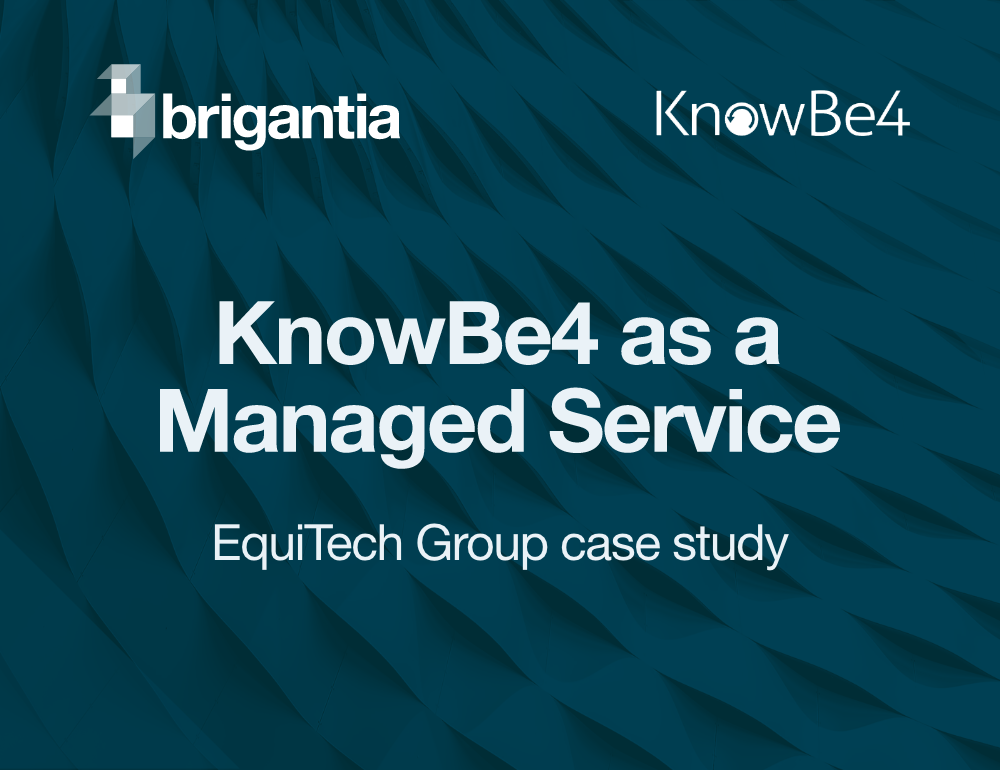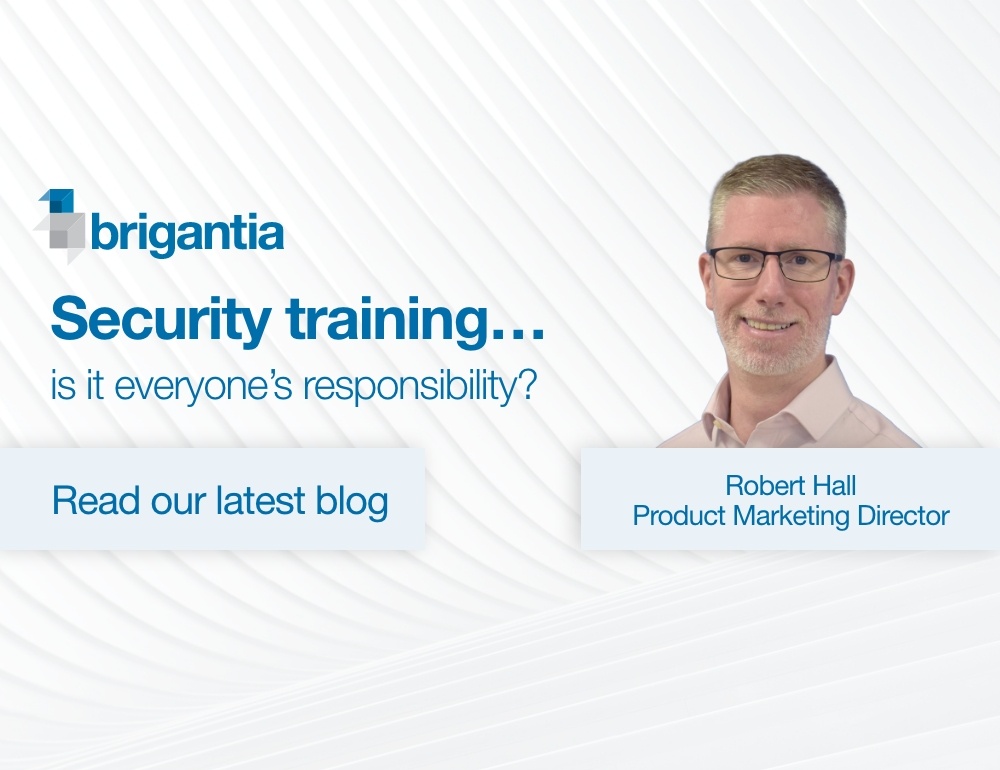Phishing as a Service (PaaS) represents a relatively new frontier in the world of cyber threats. Unlike traditional phishing attacks, where cybercriminals would have to craft their deceptive emails and websites, PaaS offers a more streamlined approach. Essentially, it's a subscription-based model where individuals or groups can purchase phishing services from providers, much like how businesses might purchase Software as a Service (SaaS) solutions such as Microsoft 365.
The origins of PaaS can be traced back to the increasing sophistication of cyber threats. As cybersecurity measures became more advanced, so did the tactics of cybercriminals. Recognising a market opportunity, certain malicious actors began offering phishing services to less tech-savvy criminals, allowing them to launch sophisticated attacks without the need for extensive technical knowledge.
In today's digital age the rise of PaaS poses significant challenges. Personal data, financial information, and even corporate secrets can be at risk if targeted by a PaaS attack. The ease with which these attacks can be launched, combined with their potential profitability, makes PaaS a significant concern for both individual and organisations of all sizes.
The Evolution of Phishing Techniques
Phishing, as a concept, is not new. It has been around since the dawn of the internet, with the term 'phishing' itself believed to have been coined in the mid-1990s. The earliest phishing attacks were relatively simple, often involving deceptive emails that tried to trick users into revealing their passwords or other sensitive information.
Over the years, as technology evolved, so did phishing techniques. Spear phishing, for instance, emerged as a more targeted form of attack, where specific individuals or organisations were singled out. These attacks often involved extensive research on the part of the attacker to make the deceptive communication as convincing as possible. The rise of social media platforms and the vast amount of personal data available online further fuelled the evolution of phishing. Attackers began using information gleaned from social media profiles to craft even more convincing deceptive messages.
The emergence of Phishing as a Service is the latest chapter in this evolution. With PaaS, even those without technical expertise can launch sophisticated phishing campaigns, leveraging pre-built templates and tools provided by the service. This democratisation of phishing capabilities has made it even more crucial for individuals and organisations to be vigilant and educated about the threats they face.
Benefits for Cybercriminals:
- Ease of Use: PaaS platforms often come with user-friendly interfaces, allowing even those with limited technical knowledge to set up and launch phishing campaigns.
- Cost-Effective: Instead of investing time and resources in developing phishing tools from scratch, cybercriminals can simply subscribe to a PaaS provider and gain access to a suite of tools and templates.
- Scalability: With PaaS, attackers can launch large-scale phishing campaigns targeting thousands, if not millions, of potential victims simultaneously.
- Anonymity: Many PaaS providers offer services that help attackers conceal their identities, making it harder for law enforcement agencies to track them down.
Risks for Victims:
- Data Breaches: One of the primary objectives of phishing attacks is to steal sensitive data. This could be personal information, financial details, or corporate secrets.
- Financial Loss: Victims of phishing attacks often suffer significant financial losses, either through unauthorised transactions or by being tricked into transferring money to the attackers.
- Reputational Damage: For businesses, a successful phishing attack can lead to significant reputational damage, eroding trust among customers and partners.
- Operational Disruptions and Ongoing Security Issues: Phishing attacks can also introduce both malware and means of unauthorised access into an organisation's IT systems, leading to operational disruptions, potential downtime, and further attacks in the future.
While PaaS offers numerous advantages to cybercriminals, it also amplifies the potential risks and consequences for their victims. As such, awareness and education are crucial in mitigating the threats posed by PaaS.
How Organisations Can Protect Themselves
In the face of the growing threat of Phishing as a Service (PaaS), organisations must be proactive in implementing measures to protect themselves. Here are some strategies and best practices that can help mitigate the risks associated with PaaS attacks:
- Employee Training and Awareness: One of the most effective ways to combat phishing is through education. Regularly training employees to recognise phishing attempts and understand the risks can significantly reduce the chances of a successful attack. One of the best ways to do this is by ensuring frequent, ongoing phishing simulations, so that employees are used to spotting phishing emails and know what to do with them.
- Implement Multi-Factor Authentication (MFA): MFA adds an additional layer of security by requiring users to provide two or more verification factors to gain access to an account. Even if an attacker obtains login credentials, MFA can prevent unauthorised access.
- Use Advanced Email Filtering Solutions: Advanced email filtering solutions can detect and block phishing emails before they reach the end-user. These solutions often use machine learning and other advanced techniques to identify malicious emails.
- Conduct Regular Security Audits: Regular security audits can help identify potential vulnerabilities and weaknesses in an organisation's IT infrastructure which could be utilised following a successful phishing attack. Addressing these vulnerabilities proactively can reduce the risk of a successful attack becoming a major incident.
- Backup Critical Data: While this does not address many of the potential issues caused by PaaS, regularly backing up critical data ensures that, in the event of a successful attack, the organisation can recover without significant data loss.
- Stay Informed: Cyber threats are constantly evolving. Staying informed about the latest phishing techniques and trends can help organisations adapt their defences accordingly.
While the threat of PaaS is all too real, organisations are not powerless. By implementing robust security measures and fostering a culture of cybersecurity awareness, they can significantly reduce their risk of falling victim to a PaaS attack.
The Future of Phishing as a Service
The cybersecurity landscape is in a constant state of flux, with threats evolving in tandem with technological advancements. Phishing as a Service (PaaS) is a testament to this evolution, representing a shift in how cybercriminals operate. As we look to the future, several trends and predictions can be made about the trajectory of PaaS and its implications for the world of cybersecurity.
- Increased Sophistication: As PaaS providers compete for clientele, there will likely be a push towards offering more sophisticated and convincing phishing templates and tools. This could make it even harder for individuals and organisations to distinguish between legitimate communications and phishing attempts.
- Integration with Other Cyber Threats: PaaS might not remain a standalone service. There's potential for it to be integrated with other cyber threats, such as ransomware or malware as a service, creating a comprehensive 'cybercrime as a service' model.
- Regulatory Responses: Given the potential harm posed by PaaS, it's plausible that governments and regulatory bodies will take steps to crack down on PaaS providers. To be effective, this would involve both new legislation and international cooperation.
- Rise of Anti-PaaS Solutions: Just as PaaS represents an evolution in cyber threats, the cybersecurity industry will likely respond with new solutions specifically designed to combat PaaS. This may include advanced AI-driven detection systems, enhanced training programs, or innovative authentication methods.
- Shift in Target Demographics: As more organisations become aware of and defend against PaaS, cybercriminals might shift their focus to less tech-savvy targets, such as small businesses or older individuals.
In conclusion, while the future of Phishing as a Service is uncertain, what's clear is that it will continue to play a significant role in the cybersecurity landscape. Both individuals and organisations must remain vigilant, adaptive, and proactive in their defences to stay one step ahead of the ever-evolving threat of PaaS.






